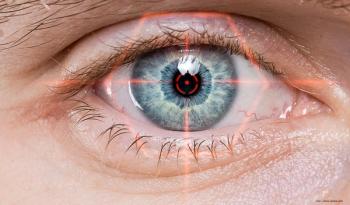
Nonmydriatic imaging useful in diabetic children
Ophthalmologists may use nonmydriatic retinal imaging to supplement the standard clinical exam to screen diabetic children aged as young as 2 years, according to newly published research.
Ophthalmologists may use nonmydriatic retinal imaging to supplement the standard clinical exam to screen diabetic children aged as young as 2 years, according to newly published research.
US researchers conducted a prospective study of 106 children with type 1 diabetes who were aged 2 to 17 years. The study included an intake form; blood pressure, pulse and oximetry measurements; visual acuity assessment (Simav, Padova) and nonmydriatic colour imaging (CX-1 45° 15.1 megapixel camera, Canon). They assessed images for indications of diabetic retinopathy, and two clinicians graded image quality on a scale of 1 to 5.
Ninety-eight percent of the children underwent imaging. One was found to have nonproliferative diabetic retinopathy, and findings for 2 were incidental.
Sixty-two percent of the children had had an eye exam within the past year, with exams significantly more likely among older children and those who had had type 1 diabetes for more than 5 years.
Investigators graded images as high quality in 178 (86%) eyes, and they said images of some clinical value were obtained in 207 (99.5%) eyes.
The researchers shared their results in the
Newsletter
Get the essential updates shaping the future of pharma manufacturing and compliance—subscribe today to Pharmaceutical Technology and never miss a breakthrough.










































